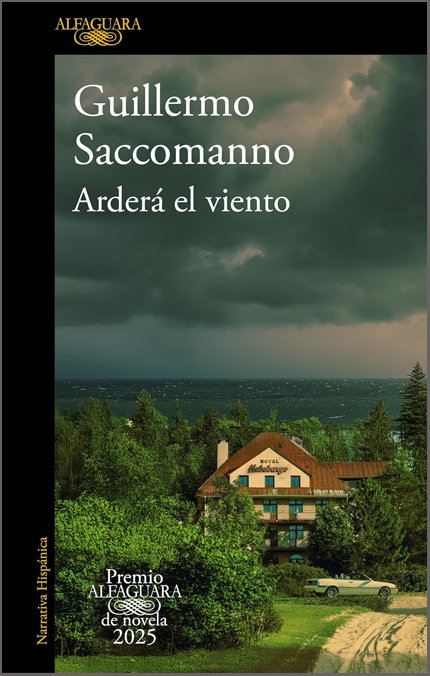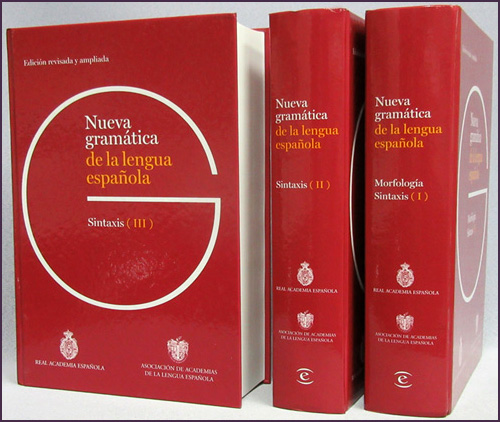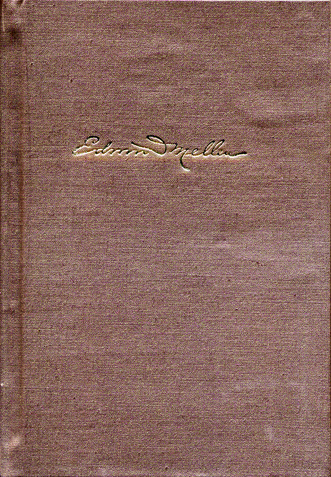The Developing Poetic Philosophy of Pedro Salinas: A Study in Twentieth Century Spanish Poetry. "La reconquista de la entereza del hombre" ∥ Shaughnessy, Lorna
-----------------------------------
ISBN13: 9780773490123
-----------------------------------
サイズ: 16 x 23.5 x 2.6 cm
-----------------------------------
頁 数: xii+297 pgs.
-----------------------------------
装 丁: hard cover
-----------------------------------
出版社: Edwin Mellen Press
-----------------------------------
発行年: 1995
-----------------------------------
発行地: Lewiston
-----------------------------------
双書名:
-----------------------------------
書籍状態: 小口に軽度なシミ跡有り
追加情報: ※ 詳細PDFリンク
Description:
The study assesses the degree of thematic unity present in the complete poetic works of Pedro Salinas. The principal thematic thrust of his work is best captured by his own phrase la reconquista de la entereza del hombre. This quest for ‘entereza’, or wholeness, has emotional, ontological and linguistic resonances, and is evident in Salinas’s poetic expression, as he subverts inherited semantic order built on Cartesian models. Accordingly, the categories of human experience traditionally regarded as antithetical are absorbed in his all-encompassing vision.
Chapter titles point up the erosion of distinctions between such categories as abstract and concrete reality, the metaphysical and the physical, absence and presence, and the processes of accumulation and elimination. The critical emphasis given this poet’s pre-1936 love poetry has overshadowed his public voice, and the predominantly social concerns of his later work. Whether as a theme or a linguistic aspiration the concept of ‘entereza’ represents an important unifying factor in his extensive and varied works.
TABLE OF CONTENTS:
Preface......vii
Acknowledgements......xiii
Introduction......1
Chapter I: Ideas y cosas: Subjects and subjectivity......17
Chapter II: Alma y cuerpo: Love’s eternal incarnation......83
Chapter III: Ausencia y presencia: Separation and synthesis......147
Chapter IV: Suma y cero: Avoiding the void......197
Conclusion......265
Bibliography......285
Index......295
-

2025年Biblioteca Breve賞受賞作品。ある若き言語学者が南米の港町へ旅立ち、自らの未来を模索しながら執筆に挑む物語です。偶然の出会いが彼の最初の小説を生み出し、出版の成功によってニューヨークへ移り住むも、そこから作品と現実のズレに苦しみ、やがて忘れ去られていく運命を辿ります。しかし、思いがけぬ知らせが彼をコロンビアのジャングルへ導き、かつての小説の結末と酷似した“事故”の謎に巻き込まれていきます。現実とフィクションの境界が揺らぐ中で、「語られるべき物語」と「黙されるべき物語」の間にある微妙な線をめぐる、緊張と知性に満ちた冒険小説です。
- El vuelo del hombre ∥ Rosado, Benjamin G.
- ¥6,380
-

アルフアグアラ文学賞2025年受賞作。ある夫妻がアルゼンチンの海辺の小さな町に姿を現し、老舗ホテルを経営し始める。家族を伴ったその異質な存在が、村社会のひび割れに潜む偏見や恐怖、秘められた欲望をあぶり出していく。表向きは穏やかな日常が、彼らの介入によってゆっくりと腐食し、町の底に潜む暴力と暗部が静かに露呈していく。精緻な文体で綿密に構築された“社会の朽ちるプロセス”が、特定の国や地域を超えて現代の精神風景を写し出す。緊張感と抑制のなかに秘められた強烈な物語体験を求める読者に。
- Arderá el viento ∥ Saccomanno, Guillermo
- ¥5,720
-

2025年ナダール文学賞受賞作品。南米・ブエノスアイレスを舞台に、父との溝を抱える一人の作家が、故人となった父の真の姿を探し始める。労働者階級の移民としてスペインから渡った父は、息子が憧れた文学の道に無言で壁を築いていた。母国映画やハリウッドの古典に囲まれ育った少年は、大人になった今、スクリーンの背後に隠された父の「秘密」に気付き、渦巻く沈黙と誤解の中に分け入る。時代を越えて響く父子の断絶、移民としてのアイデンティティ、そして愛しながらも理解しきれない存在。静かに、しかし確実に胸に迫る物語が、読む者の言葉と記憶を揺さぶる一冊。
- El secreto de Marcial ∥ Fernández Diaz, Jorge
- ¥6,600
-

入荷いたしました!!
第2版改定新版 「アカデミア最新スペイン語文法」。スペイン王立アカデミーとASALE(スペイン語アカデミー協会)の共同編集による増補改訂版3巻本。2009年に2巻本として出版されてから16年、さらに広く深く、スペイン語圏全体のスペイン語を総合的に扱うスペイン語文法書の決定版です!- Nueva gramática de la lengua española - Edicion revisada y ampliada in 3 vols. ∥ Real Academia Española
- ¥49,500

